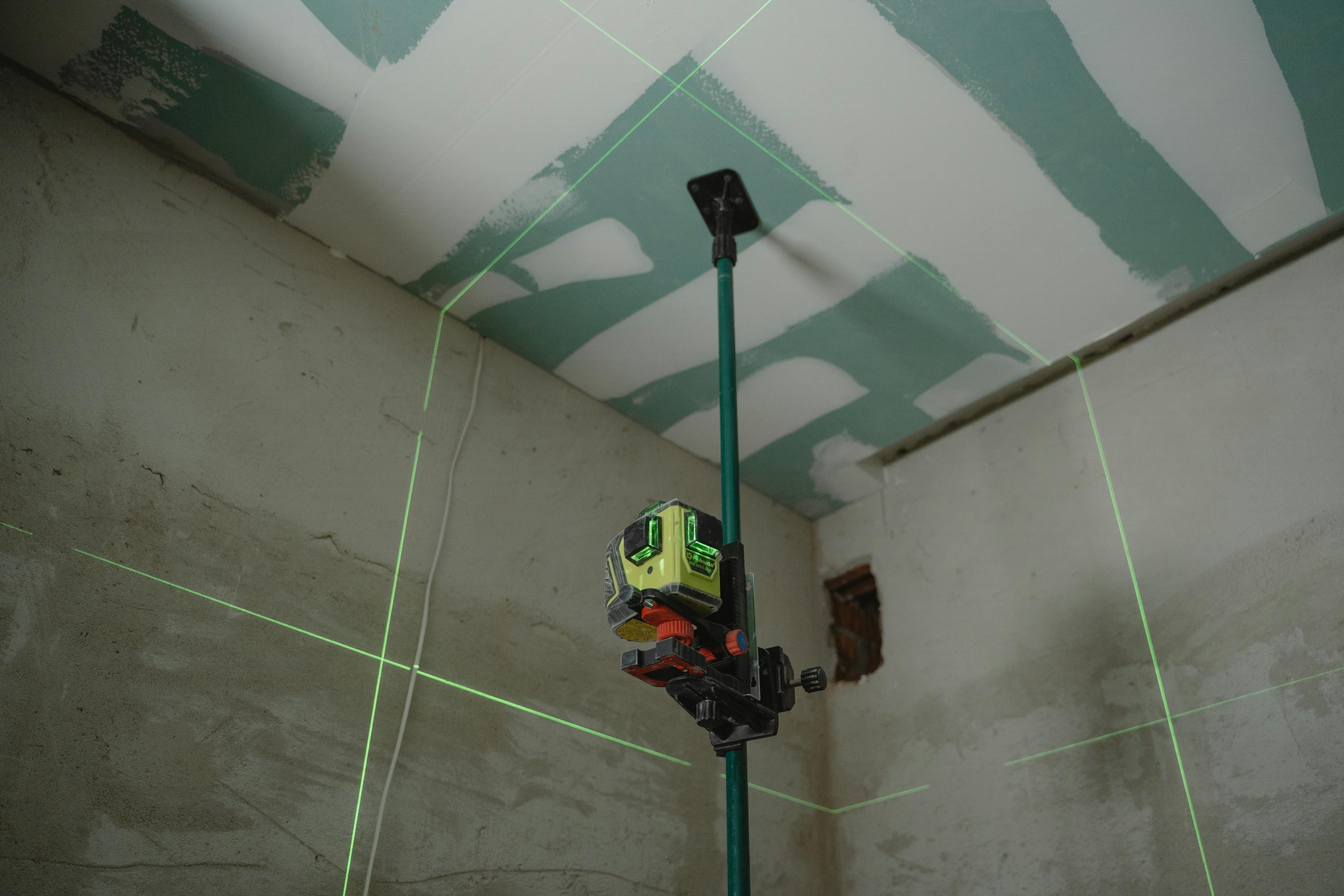Troubleshooting Boot Device Detection Issues When Installing Windows 11 on a New M.2 Drive
Installing a new operating system on a newly added solid-state drive (SSD) can sometimes lead to perplexing boot issues, especially when the system fails to recognize the drive as a bootable device. If you’re attempting to install Windows 11 on a fresh M.2 SSD and encounter the “Reboot and select proper boot device” error, this guide offers a detailed overview of potential causes and solutions.
Scenario Overview
A user recently initiated a Windows 11 installation on a new M.2 SSD, specifically a Crucial T500 2280, using media creation tools. The intent was to replace the possibly faulty SATA drives — after removing all drives except the M.2 — and set the new drive as the primary boot device. Despite ensuring the drive is properly formatted (NTFS), correctly ordered in the BIOS, and tested for faults, the system still fails to recognize it as bootable.
Common Causes and Diagnostic Steps
1. Confirm BIOS Settings for Boot Mode
UEFI vs. Legacy Boot:
- Windows 11 mandates UEFI mode for installation. Ensure that the motherboard BIOS is configured to boot in UEFI mode rather than Legacy.
Secure Boot:
- Enable Secure Boot if disabled, as Windows 11 installation media often requires it for proper booting.
2. Verify Drive Recognition and Boot Priority
-
Double-check that the BIOS recognizes the M.2 SSD correctly and that it is set as the primary boot device.
-
Reset boot priority settings, ensuring the M.2 drive appears at the top of the boot order.
3. Confirm Proper Drive Initialization
-
EFI Partition: During installation, ensure that the drive has a proper EFI System Partition (ESP). If using Windows Media Creation Tool, it should automatically set this up, but verifying through disk management or diskpart can confirm.
-
Format and Partitioning: While the drive is formatted as NTFS, it’s crucial that the partitions are correctly configured for UEFI boot.
4. Reinstall Windows with Correct Settings
-
During installation, select the correct drive, delete existing partitions if necessary, and let Windows create fresh partitions.
-
Use the installation media to repair boot records if necessary via automatic repair options or command prompt using commands like
bootrec /fixboot,bootrec /scanos, andbootrec /rebuildbcd.
Share this content:



